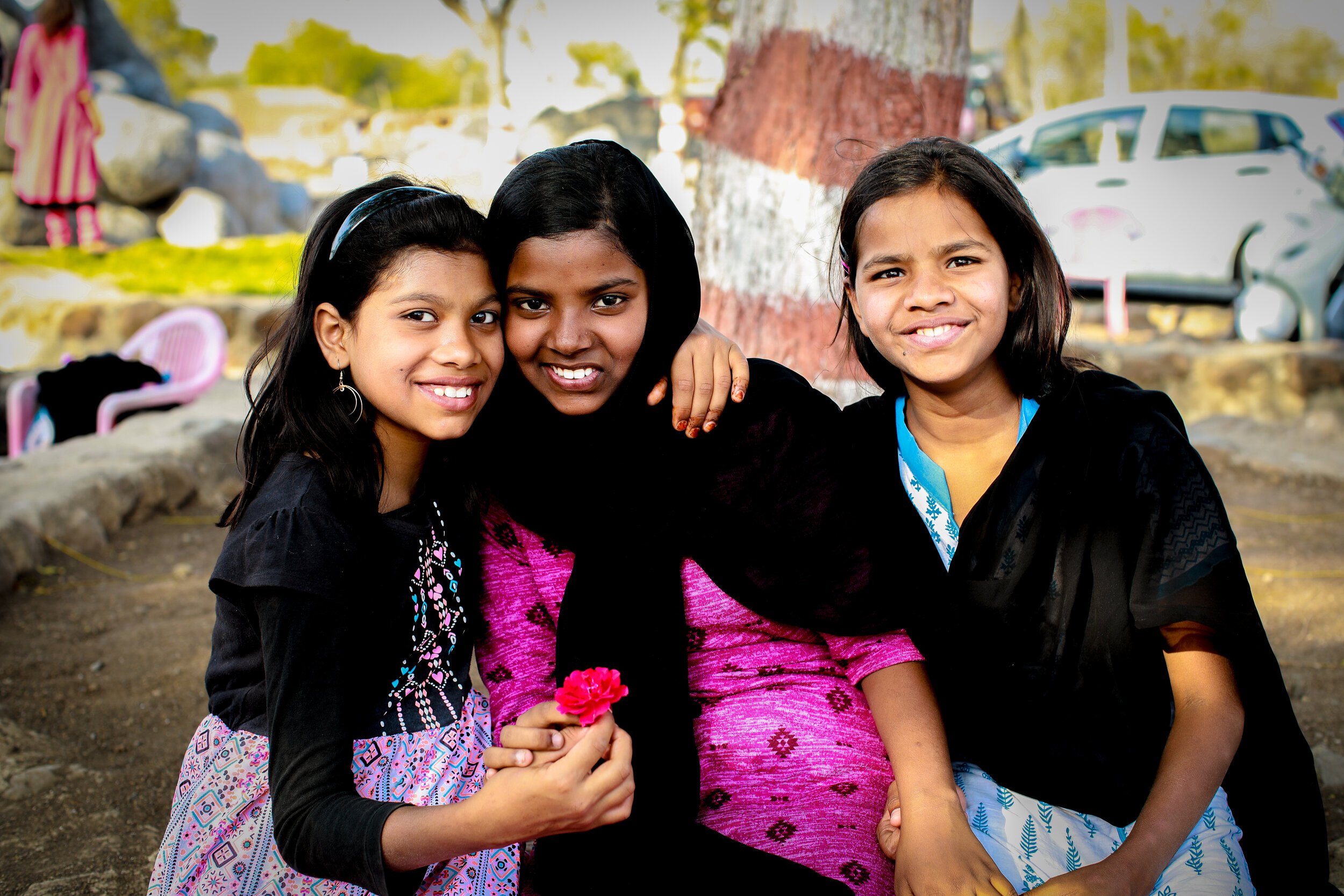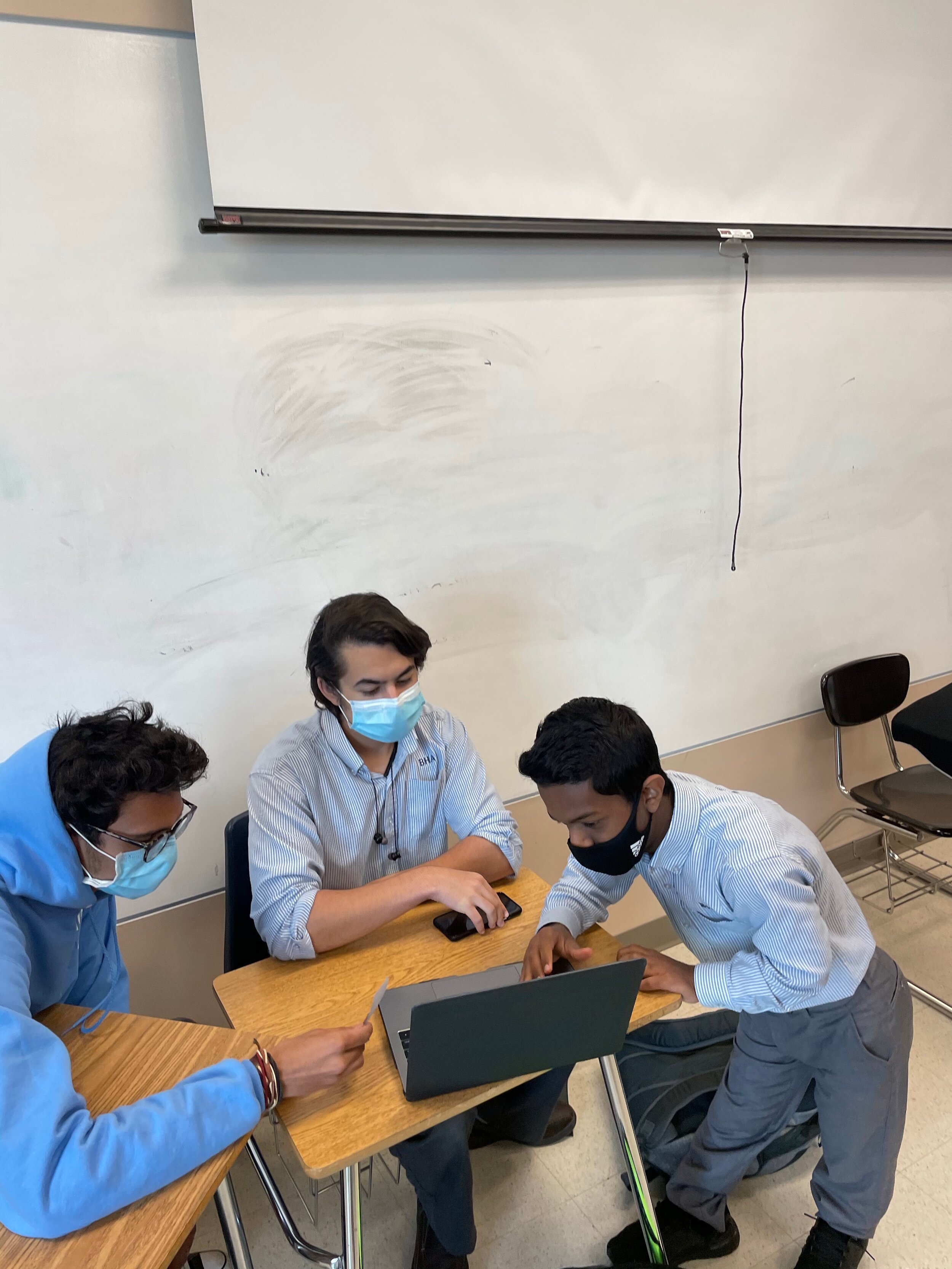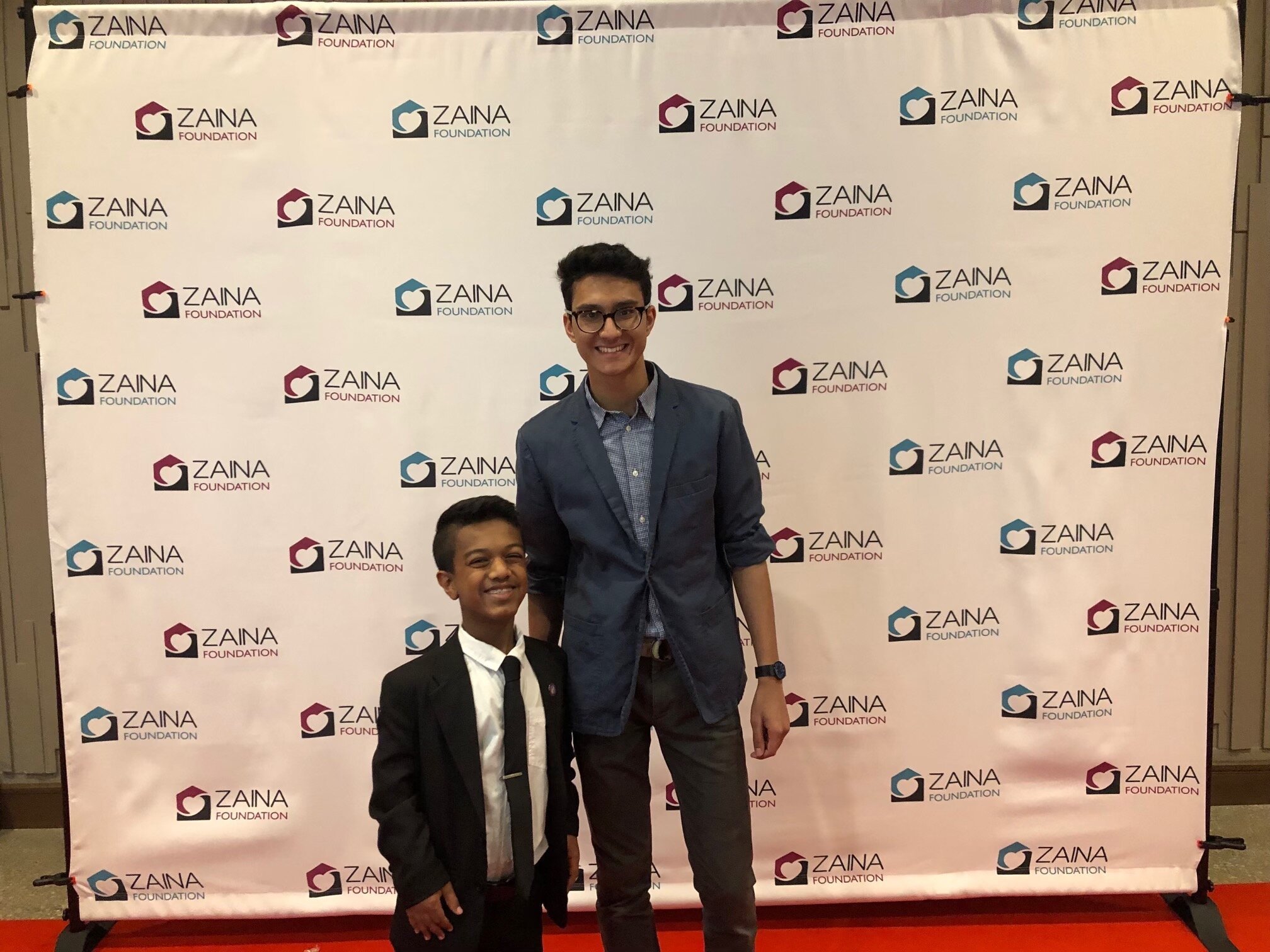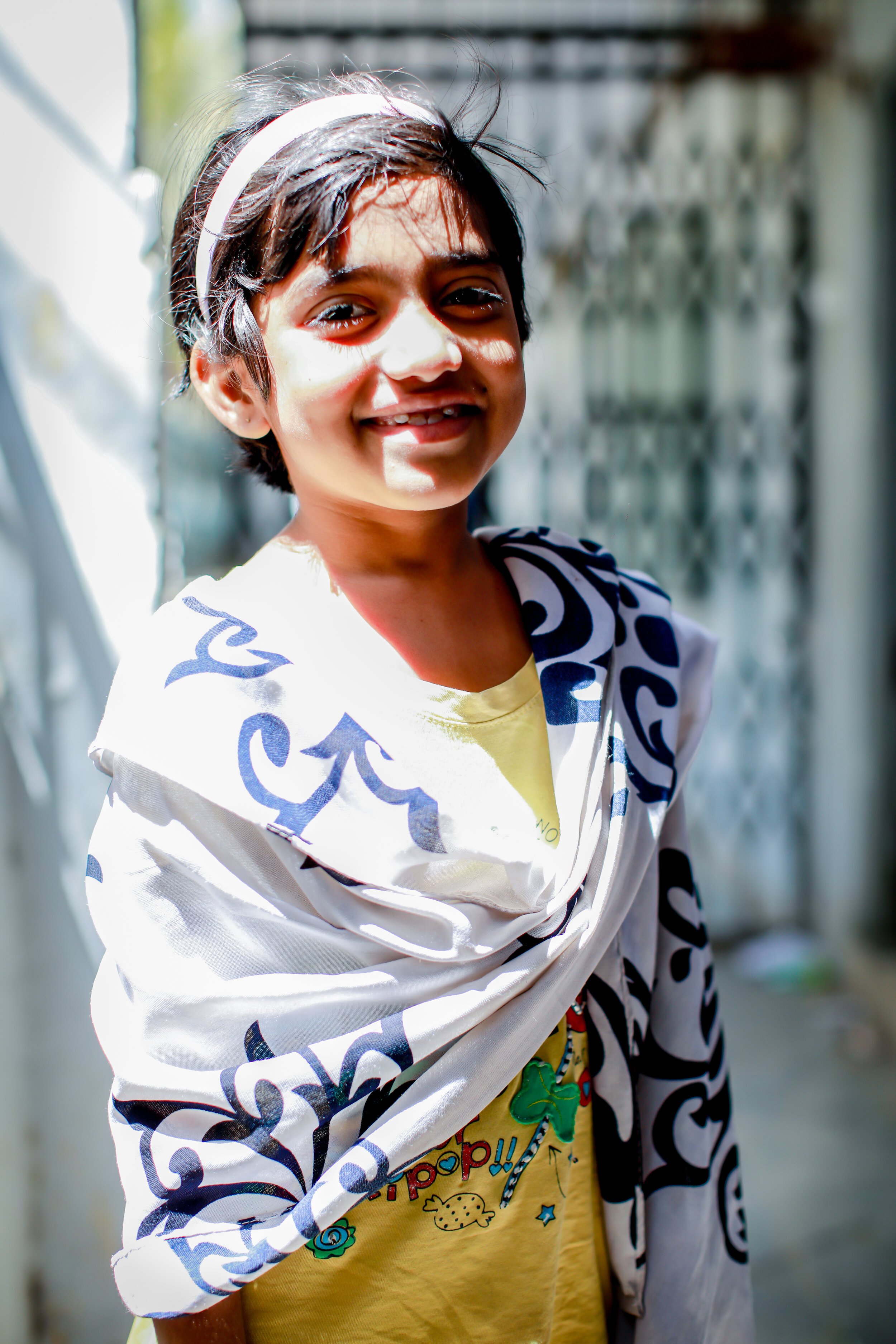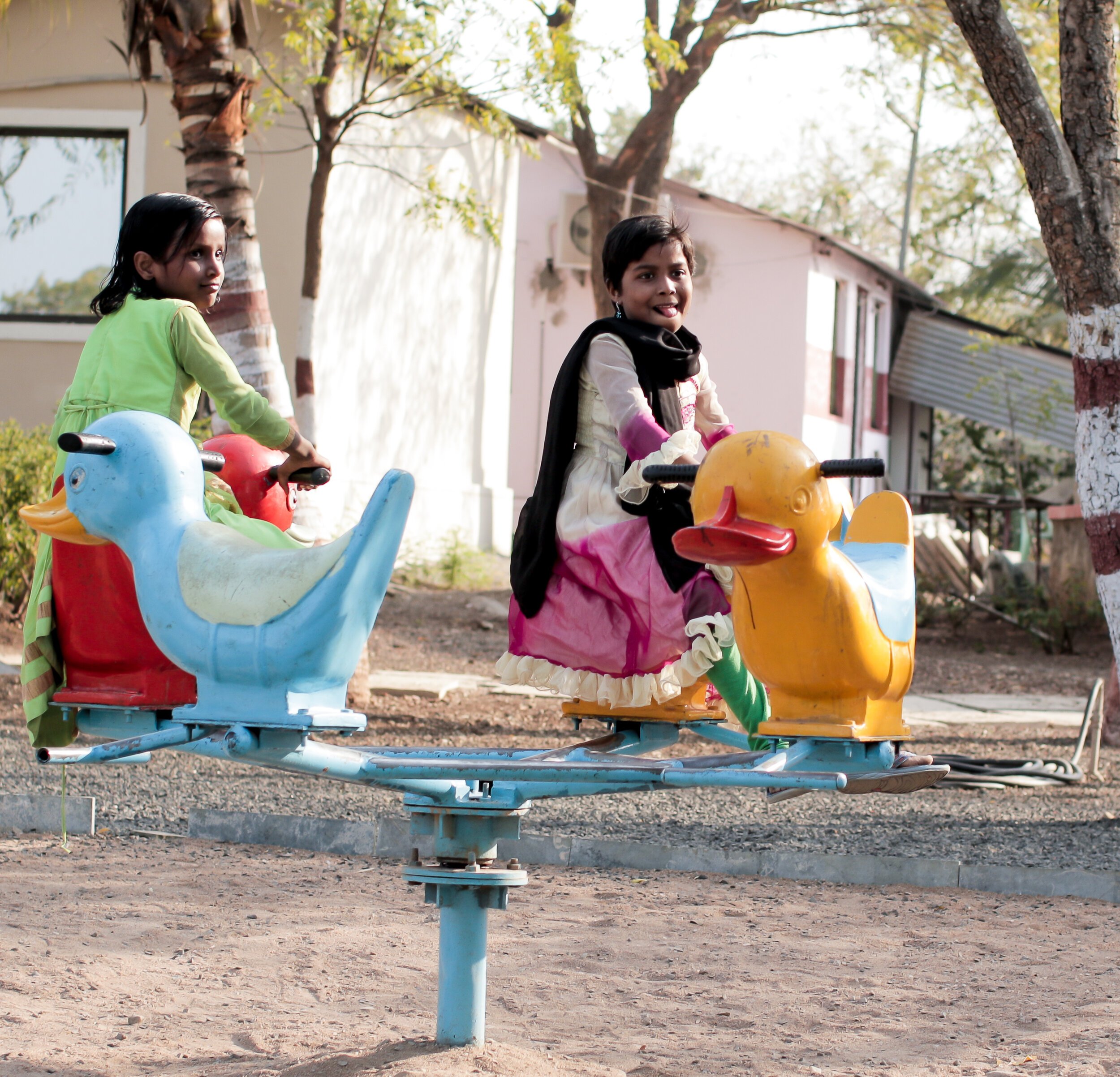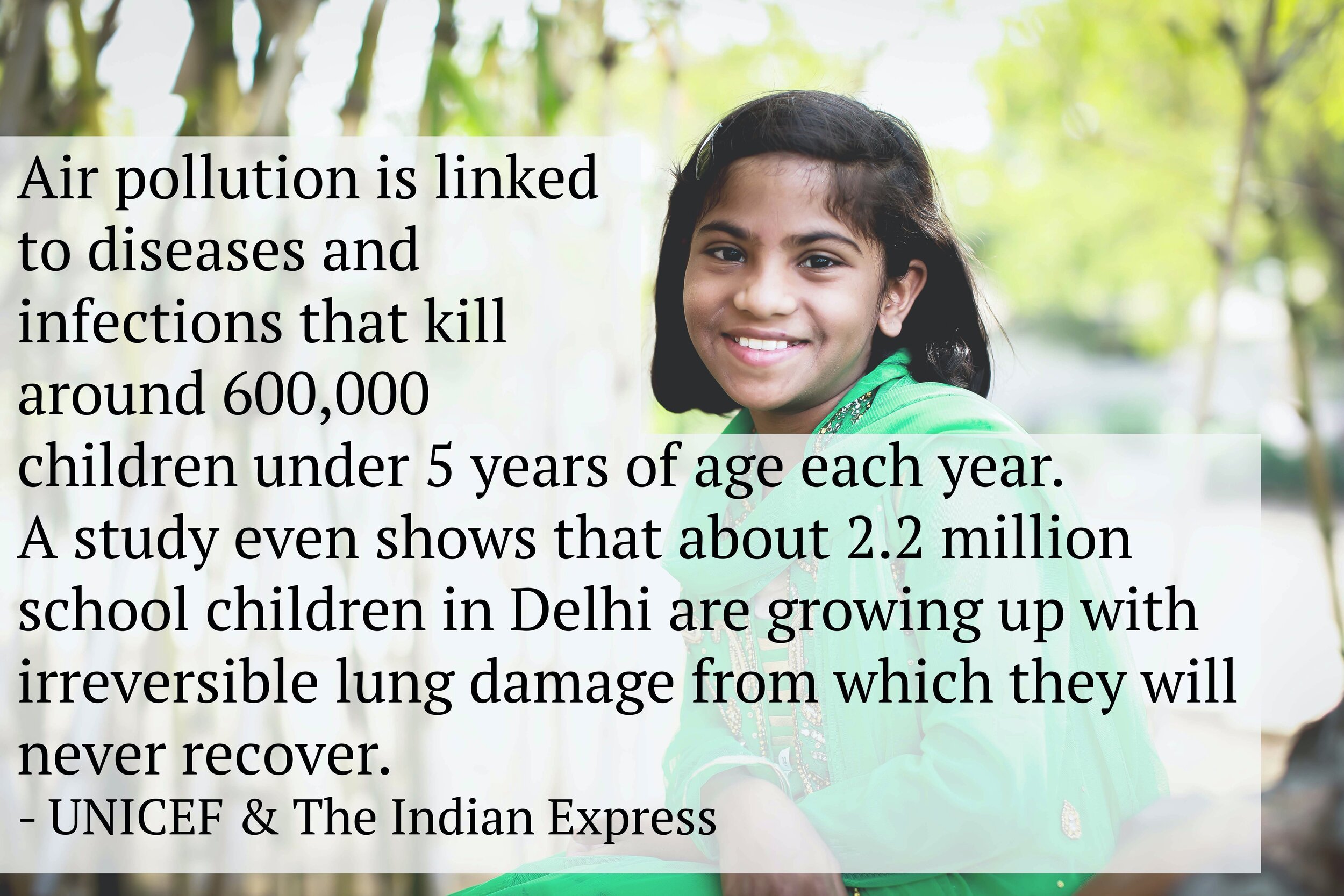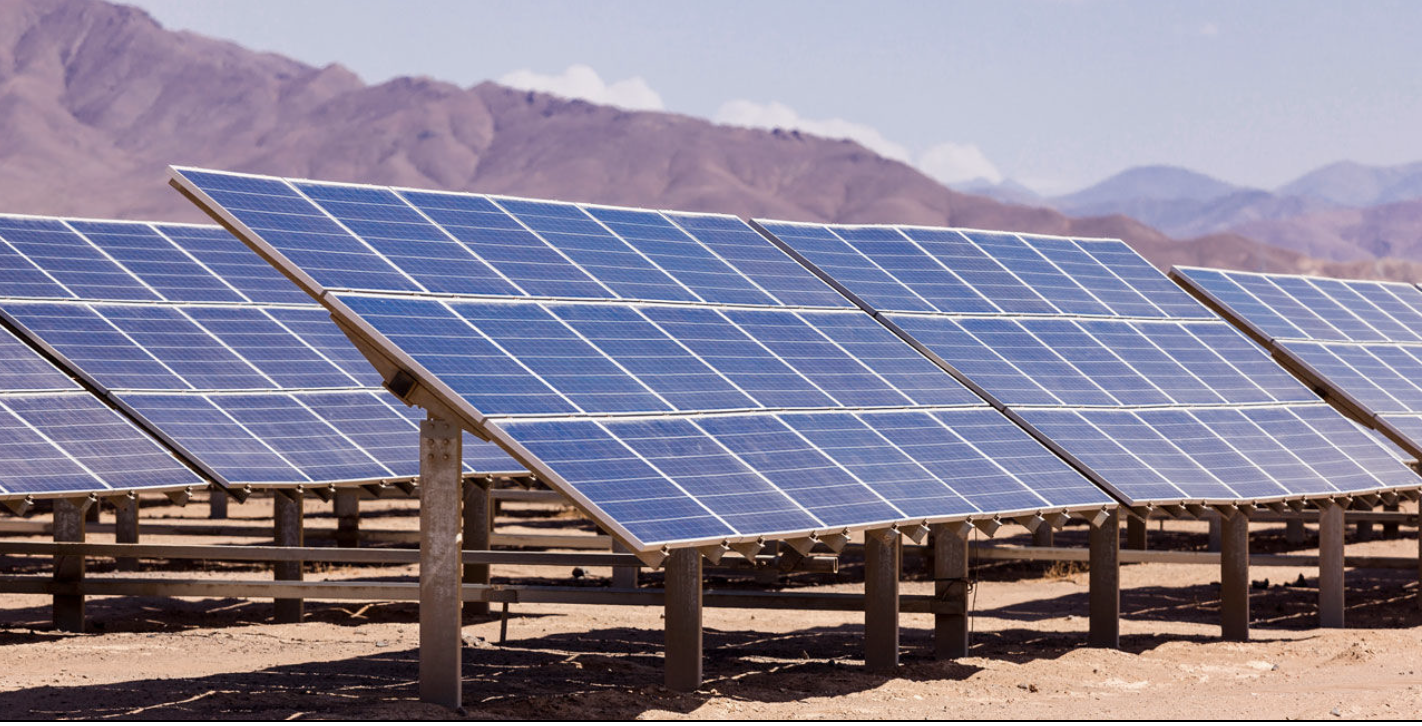“It is our collective and individual responsibility... to preserve and tend to the world in which we all live.”
The Zaina Foundation believes we must do everything in our power to improve the condition of our world. We want to ensure that each step in our process provides the maximum benefit for our girls as well as the Foundation’s broader community. For this reason, when we decided to construct a new campus in Gulbarga, we knew we had to incorporate technologies that would make these buildings environmentally friendly and cost-efficient. This will help us promote lasting positive effects for our Earth while helping the contributions of our supporters go further.
We are very grateful to our team of three students that delivered an energy-efficient, sustainable, and green campus design. Hamza Waheed, Wali Mohmand, and Numan Ahmad have created a plan focusing on three major areas: Energy, Water, and Food.
“I remember meeting the girls at Zaina’s Home for the first time,” reminisces Team Lead Hamza Waheed. “Learning the heartbreaking stories of their past was difficult. But what really stayed with me, even after I returned home, was the almost contagious hope exuded by these girls despite their challenging pasts. It was inspiring. I knew I had to do my part to help in whatever capacity I could. That’s why I was so excited when the Zaina Foundation leadership reached out to me about designing an eco-friendly campus for their upcoming facility.”
The rest, as they say, is history. Hamza enlisted the help of two more like-minded students, and together, the team delivered an initiative that we are both excited and proud to implement in our future campus.
The Green Team delivered the following design elements that Zaina Foundation plans to incorporate:
Energy/Electricity
Use of solar panels, designed to absorb the sun’s rays as a source of energy for generating electricity or heating.
There are two mainstream types of solar panels, photovoltaic and solar thermal. Photovoltaic creates electricity, but solar thermal is geared towards water or air heating. Therefore, photovoltaic solar panels are likely to be the best source for Zaina’s Home.
Gulbarga gets approximately 240-250 hours of daylight a month. Using a conservative 15 watts per square foot, that translates to up to 3.75 kWh per square foot per month. With 400 square feet (20x20), that is 1,500 kWh per month. To put that in perspective, “In 2017, the average annual electricity consumption for a U.S. residential utility customer was 10,399 kilowatt-hours (kWh), an average of 867 kWh per month.”
We know the annual savings would be $2,340 for an average U.S. household from the above model. Installing a larger quantity of solar panels at Zaina’s Home would most definitely be cost-efficient.
Use of LED light bulbs as another accessible strategy. They use 75% less energy than the average light bulb and last far longer, and would save a significant amount of energy and cost over time.
Water
Utilizing water recycling systems to filter water in several ways producing reusable, clean water.
Water in these cleansing systems is pristine due to filtration, sterilization, and removal of chemicals.
About 80-90% of the water can be recycled and reused.
Parts need to be replaced every 6-9 months, including the sediment filter, carbon filter, reverse osmosis membrane, and polishing filter. These are low-cost replacements, and the benefits of the system far outweigh any maintenance costs.
Use of reed beds, aquatic plant-based systems which allow bacteria, fungi, and algae to digest sewage and clean water.
There are two basic types of reed beds, vertical flow, and horizontal flow. The best system often results from combining the two, which is what we would incorporate in Zaina’s Home. In a reed bed, water trickling through the reed bed is cleaned by microorganisms living on the root system and in the litter.
Reed beds are commonly used in coordination with septic tanks for freshwater facilities. Water from the reed bed system flows into septic tanks that hold the water for some time. This allows any solids or organics to sink to the bottom and all the oil and grease to float to the top as scum. This matter can then be removed from the water, further purifying it.
Food
Incorporating a community garden and farm to provide fresh fruits and vegetables for consumption. Growing our own food will equate to savings in food costs. It not only pays back financially but also in convenience, quality, and freshness. House mothers will save time from traveling to and from the market to obtain these ingredients.
According to GreenLeaf Communities, such gardens help to:
Increase access to fresh foods
Improve food security
Increase physical activity through garden maintenance activities
Improve dietary habits through education
Increase fruit and vegetable intake
Reduce the risk of obesity and obesity-related diseases
Improve mental health and promote relaxation
Adding composting to the mix. “Composting is a form of waste disposal where organic waste decomposes naturally under oxygen-rich conditions. The final compost product, often called humus, is full of good nutrients and can be used to fertilize plants, amend poor soil, and aid in water retention.” Initially, we plan to add one compost bin for everyone in the orphanage. Composting helps produce soil and also gets rid of a good percentage of the waste. After perfecting using one, we can eventually upgrade to five bins to become more efficient and produce more soil. Other campuses, such as Middlebury College in Vermont, have saved $100,000 on landfill fees by composting 90% of food waste generated on campus.
Using Effective Microbes (EM) technology to help promote soil diversity in areas where food needs to be planted. It is a mixed culture of beneficial naturally occurring organisms that can be applied as inoculants to increase the microbial diversity of the soil ecosystem.
We would like to include a biogas plant at the new campus. Biogas refers to a mixture of different gases produced by the breakdown of organic matter in the absence of oxygen.
A biogas plant will cut down carbon emissions tremendously and would provide additional cooking gas and fertilizer.
Approximately 20 pounds of grass clippings can generate an hour of cooking fuel. (Grass silage is even better, requiring only about 10 pounds to produce the same amount.) Food waste yields slightly greater amounts of biogas per pound than grass, but the campus will have access to grass clippings in larger quantities.
Bio Toilets are a type of toilet which disintegrates and decomposes the human waste into water and biogas. Indian railways currently use over 48,000 of them. The cost for one Bio Toilet is about $2,000. A simple agricultural biogas plant could cost as low as $3,500 per electrical kW installed. So eventually, this toilet and biogas plant will pay for themselves. Biogas is essential to this whole project, and these toilets can help us in producing more.


